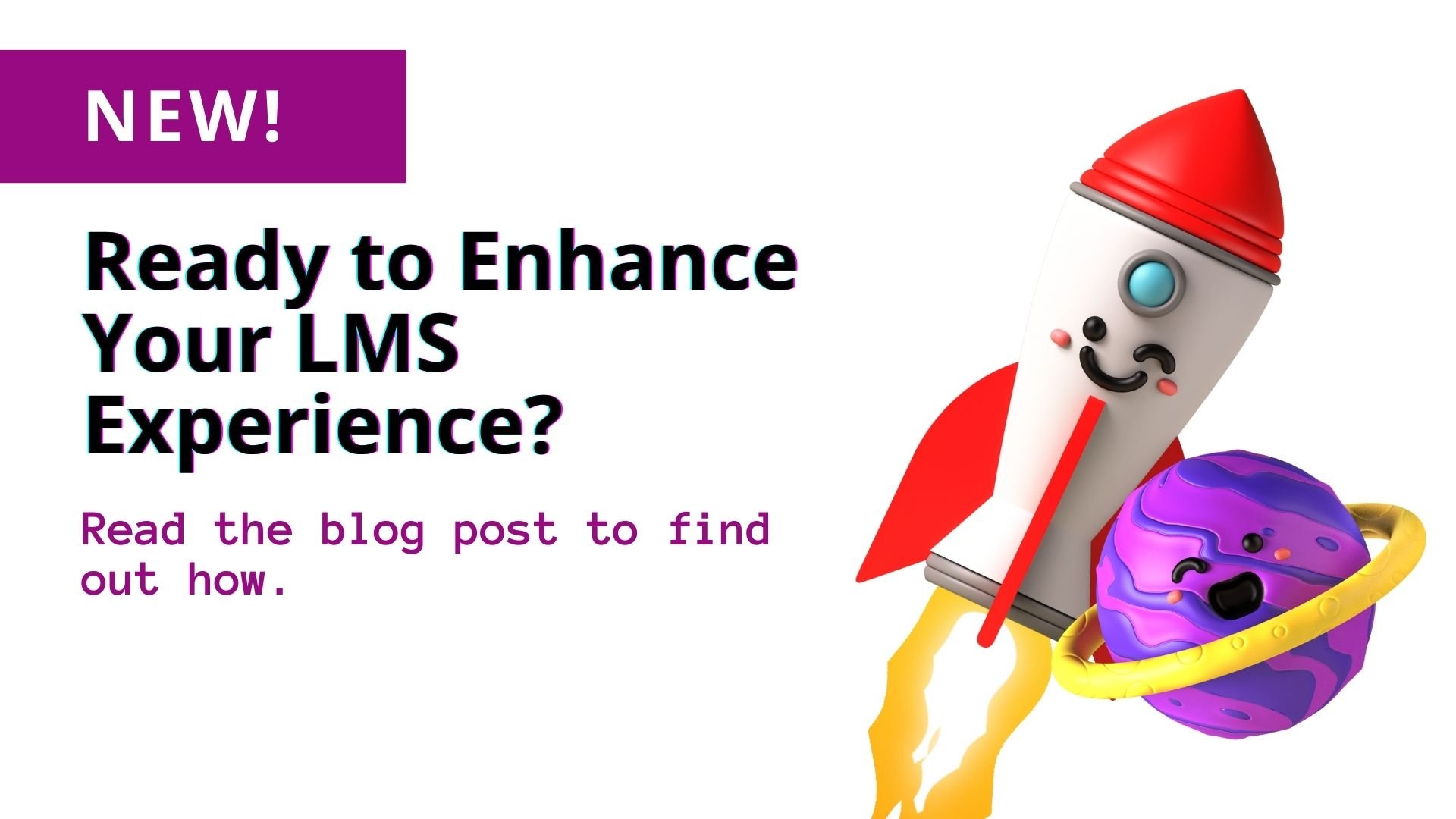SCORM, or Sharable Content Object Reference Model, defines a standard for developing e-learning content to be used on any SCORM compliant LMS platform.
Interoperability is the primary benefit of SCORM. Content, once created to SCORM specifications, can be integrated easily and seamlessly into a variety of LMS platforms. Other benefits include cost savings, as content once created does not require constant reprogramming for new platforms or contexts. These benefits increase efficiency and productivity, with training content that is accessible, adaptable, and resilient to changes in technology.
To effectively apply the SCORM standard, you must:
- Begin planning early. The better laid out your training and development content is at the beginning, the better prepared you will be to manage the technical issues involved with SCORM compliance. For example, will your content include embedded video, interactive quizzes, or other technically advanced elements? Will content be stand-alone, or constructed as a part of a larger course? Do you expect users to access content on their desktop or mobile device?
- Ensure that authoring tools are SCORM-compliant. Researching the development tools that will be used to create training content to ensure that each is SCORM-compliant is a must. Some development tools can work with one another regardless of whether they are in line with SCORM standards; however, if one piece is not compliant, the entire content will fail at the seamless integration that is the purpose of SCORM.
%20(1)-1.jpg?width=575&name=man-coffee-cup-pen%20(1)%20(1)-1.jpg)
- Determine the ideal SCORM package. Modern authoring tools allow highly advanced content integrations within the SCORM standard. Some have integrated gamification, with the ability to track and report who has reviewed content and practiced learning simulations, and how many times they have completed a session. Others can track learner strengths and weaknesses, engagement of students, and help you to determine the ROI of training efforts. Decide which features are most important to you and choose your authoring suite accordingly.
- Develop content and success criteria. Get to work on the actual content of the course, incorporating features from authoring tools. Determine effective criteria to measure performance: will students be regarded as successful on the basis of participation, test or simulation results, long-term application of learned material, or a quantitative increase in productivity or efficiency? Determine criteria for success at the outset, and build the measuring, tracking, and reporting of indicators directly into the training itself.
- Conduct a pilot program. As with any training and development effort, a small-scale rollout of content before a wide release allows your team to work out any issues that may arise during delivery. Whether there are technical, content, or reporting issues, it is better to uncover them before a small audience and resolve problems before a program is released to a large group.
- Launch, track, and reward. After a successful pilot program delivery, the next step is to launch to the complete group and track results. If you find participant motivation through competition, consider creating a ‘leaderboard’ to show advancement through a course or series of training exercises; if not, a more private congratulatory email may be motivation for continued engagement.
Creating a development program that meets the SCORM standards offers many benefits to the developer. Primarily, the advantage is that content created to these standards is essentially plug-and-play on any SCORM LMS, allowing content to be seamlessly integrated in a variety of settings. Ensuring that your development tools are SCORM compliant is the first step in creating interoperable content that can be used and reused without additional investment of time or resources.
For a free assessment of a SCORM compliant LMS, register here today.






